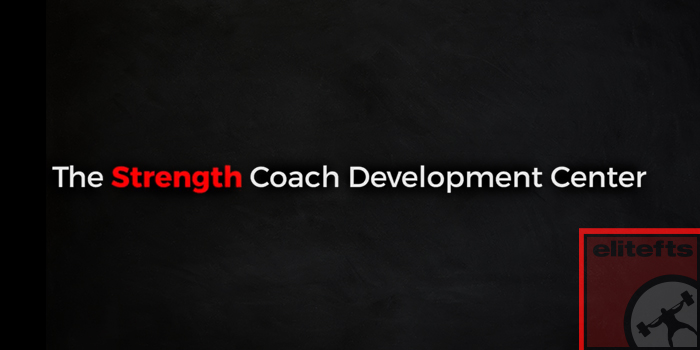
As strength and conditioning coaches, it is our responsibility to have and know the proper progressions and regressions for all exercises that we plan on coaching. We will also need a system of how to implement and teach our exercises. When coaching a large group, we need to pick the variations that most lifters can pick up on pretty easily and variations that can get our athletes a lot of solid reps. With anything in the weight room, we want quality reps.
One of the best movements to build strength but also one of the hardest to coach for many coaches is the deadlift. It’s also the one movement that seems to keep primary care physicians, physical therapists, and chiropractors in the business of low back pain. But as previously stated in my other exercise progressions, any exercise can be dangerous and harmful if coached incorrectly with improper loads and intensities. We don’t blame a car for car accidents, so we can’t blame the deadlift for low back issues. It’s the individuals operating the cars that cause the wrecks and it is the lifters doing the deadlift that cause the low back issues.
WATCH: The Strength Coach Development Center — Overhead Press Progression
A lot of those issues stem from coaches having no idea how to coach the deadlift, who have never been taught correctly, or who don't have a solid progression and regression plan. We end up getting extremely frustrated and scrap deadlifting altogether or we do it and get a lot of kids hurt. Both are a disservice to your athletes. This is one of the best movements if not the best movements to do with your young athletes. The hinge pattern is one of the most important patterns for an athlete to learn and it just so happens that the deadlift is one of the best exercises to strengthen that pattern.
If your goal is to get your athlete to deadlift in a conventional stance then you need to work backward from there. With the deadlift, always start from the top down. Trust me, it will make your life as a coach much easier. Your tall athletes will also appreciate it. Think about it: top down allows you as the coach to control the range of motion with fewer moving parts and allows you to put your athletes in optimal positions to understand the cues you are trying to get across. Again, you must earn the right to put a bar in your hands, but with the deadlift you must earn the right to not only put a bar in your hands but also to deadlift off the floor.
You will not see any of the wall taps or the dowel rod hinging pattern work in this article. Trying to get 20 high school or college athletes to keep a dowel rod flat against their back is a lot of work and hassle. The weight will act as a good feedback mechanism to get your athletes into a good hinge pattern. Just start light.
Why your athletes should deadlift:
- It builds strength better than most main movements.
- It develops the glutes, hamstrings, and lower back (the things most of your athletes are missing).
- With increased strength on the chain, your athletes will run faster and jump higher. I think most of you want that.
- Again, a strong backside prevents injuries.
- It improves grip strength.
- It improves confidence.
- It’s awesome, so why not do it?
Important things to keep in mind:
- When teaching the pattern, start with tempo-based reps. Use three to five-second eccentrics, two to three-second isometrics, and then a fast concentric. This allows the athletes to feel the positions and understand where they are supposed to be.
- You can use boxes, mats, blocks, or pins.
- When returning the bar to the floor, always ensure your athletes are hinging slow and under control. This helps to engrain the pattern. Put it down the same way you pick it up.
- Cues for all of these lifts will be the same. Make your job easier and keep things consistent from lift to lift.
Common cues to use:
- Hips back
- Stick your butt out
- Sit your hips
- Big belly
- Chest out
- Chest up
- Back flat
- Squeeze the bar (stay double overhand with athletes to build grip strength)
- Lats tight (pinch your pits)
- Pull back and up
- Push with your legs, pull with your back
- Lead with the chest
- Create tension
- Pull yourself into position
- Glutes
Kettlebell Deadlift
2x6 boards cut to six inches in length work great. Start at a five-board and establish set and rep goals. Example: 45 pounds for 15 perfect reps at a five-block, 50 pounds for 15 perfect reps at a four-block, 65 pounds for 15 perfect reps at a three-block. Once they can do 65 pounds for 15 perfect reps to a three-block they are ready for the trap bar, as the bar plus a rubber ten on each side is 65 pounds. See what I did there?
- Develops fundamental movement pattern and body positioning (top-down progression)
- Kettlebell directly underneath the athlete
- Hip hinge back (load that chain)
- Squeeze the kettlebell (creates tension)
- Stand straight up
- Squeeze quads, glutes, and lats
- Form over everything
Trap Bar Deadlift
There are a handful of studies out there that show that the trap bar deadlift is actually a more effective exercise in producing greater peak force velocity and power values than the conventional deadlift. It’s science.
- Less stress on the spine
- Awesome for beginners
- Easier to teach in a large team setting
- Feet hip width, toes straight
- Hinge back
- Hands in the middle of handle (middle finger middle of plate)
- Push feet through floor
- Shoulders and hips rise at same rate
- Stand up, sit down
- Set and rep goal: 80% of body weight for 10 reps
Conventional Deadlift
- Bar should cover where your shoes are tied
- Hinge back
- Knees inside elbows
- Arms shoulder width
- Squeeze the bar
- Double overhand grip
- Big chest
- Lats tight
- Shoulders and hips rise at same rate
- Drive floor away
- When bar gets to the top of the knees, drive hips forward and squeeze
- Hinge back, once bar gets past knees squat bar down
- Maintain tension throughout the entire lift
Sumo Deadlift
- Much more technical but easier to teach
- Wider than hip width stance (this is based on limb length and strength)
- Toes out
- Hips back and down
- Knees out/spread the floor
- Chest tall and in line with the bar
- Stand up, hips through
Questions? Send them our way at TheSCDC@gmail.com.










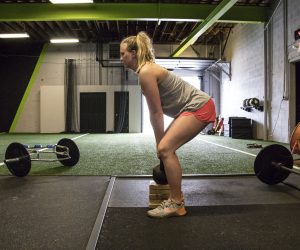
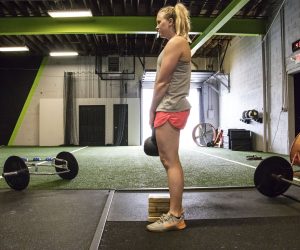
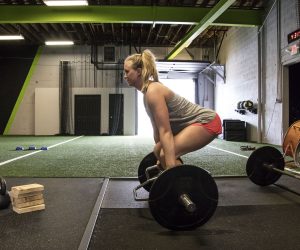
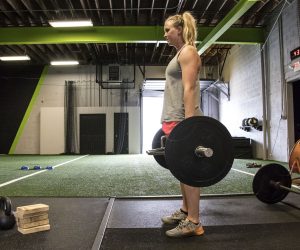
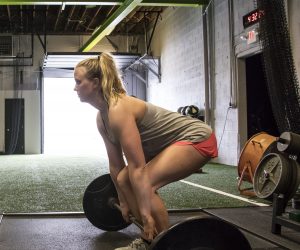
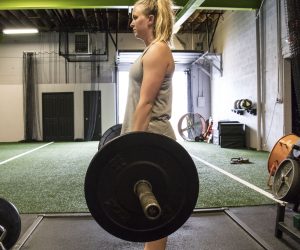
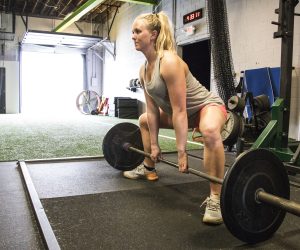
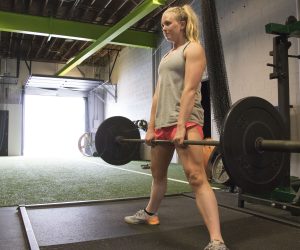
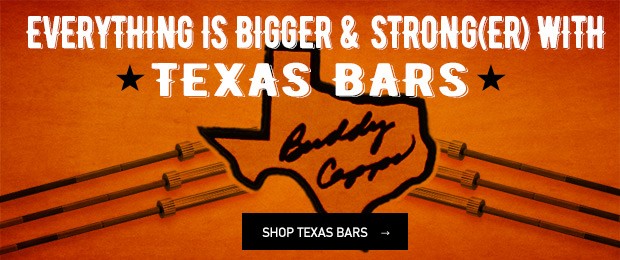
Athlete's also do need to be constantly reminded about using an overhand grip and not going mixed grip because they saw a guy do it on IG pulling 700lbs
I think you can allow your athletes to use a mixed grip when they get towards that 95-100% intensity. You have to ask what are we training when we train the deadlift? Are training grip or are we training posterior chain?